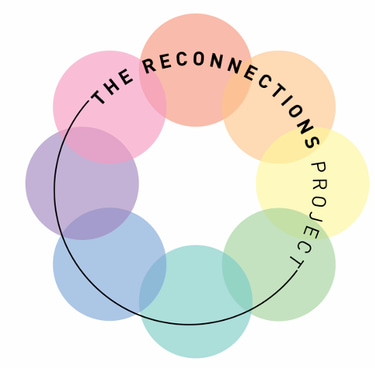Why aren't non-profits more effective?
There are two key barriers to non-profits' ability to promote and achieve real, systemic change.
IMPACTFUNDINGDIVERSITY
Dr Trent Grassian
3/14/20254 min read


Last year (2024), £94 billion was spent on non-profits in the UK. That is more than one-half of the UK government's annual budget and more than the Gross Domestic Product (GDP) of most countries in the world. Yet, working in the non-profit sector (or just reading / watching the news every once in a while) is enough to see that the missions of non-profits aren't being met.
Whether it's to end homelessness, eliminate the gender pay gap, or clean up the UK's waterways, these big issues just aren't going away.
One of the reasons for this, is that these issues are incredibly complex and deep-rooted in centuries-old systems. But, I want to highlight two more key reasons that are actually in our control.
First, campaigns are often not as effective as we would like because of the factors underlying their creation (and continuation).
Non-profits are in a constant battle for media / government / public attention and funding. As a result, campaigns are created and continued because of: (a) where funding is available, (b) what 'looks good' and will get a lot of press / government attention, (c) continuing historic commitments / work, and (d) reactive work that may be too rushed to be well thought out.
That's not to say that there aren't some fantastic campaigns and initiatives coming out of non-profits but, having worked across and with so many different non-profits in the UK, the constant need to fund the work so often undermines the ability to think in a way that is long-term and strategic. Organisation's missions so easily get lost in the day-to-day business and constant need for new (and continuing) funding sources.
There are so many examples of campaigns that 'look good' and help non-profits get a lot of attention and funding. Plastic food packaging is a great example of this. There have been so many global campaigns targeting things like plastic straws and plastic bags.
The result? I go get a drink and it comes in a cup coated in plastic with a plastic lid and a paper straw that’s falling apart by the time I’ve finished my drink! Then, I go to the grocery store, where I bring my reusable bag and fill it with foods that are wrapped in plastic (including, in the UK, all the fruit and veg).
Another great example is farmed animal welfare campaigns. There simply isn't good evidence that these initiatives are cost-effective. What they are good at is (a) getting funding by able to claim large numbers of animals helped and (b) getting media attention when big corporations sign on.
But, the changes promoted by farmed welfare campaigns will only go into effect in 10 or 20 years.
In research, we always have to consider the 'counterfactual'. That is to say: If I am spending $100 a month for the next 10 years on making big billboards telling everyone to recycle more, the impact of this campaign isn't simply the number of people affected by the billboards. Actually, a better way to look at how effective the campaign is to consider what else could I have done with that money (i.e. the 'counterfactual') and what impact might that have had?
If 'high farmed animal welfare' campaigns create goals that only happen in 10-20 years, why are we not asking: what else could I do for the next 10, 20 years that might actually have a bigger impact on the lives of animals, human health, and the environment? What could we accomplish if we started asking this question? What will the world even look like in a decade? In two decades? Considering how much the world has changed in just the past 5 years, this seems to be a fundamental question!
In addition to the reasons underlying the creation and continuation of many campaigns, another barrier to effectiveness is the lack of diversity in who is designing these campaigns in the first place. We know that non-profits are overwhelmingly white, with many employees coming from higher-income backgrounds. Many are able to work in the non-profit sector because they have or will inherit money and/or because they have a partner who earns significantly more money.
The lack of diversity in these organisations means that their 'target audience' often looks like those designing the campaigns. In my own research into the participants of vegan and meat reduction campaigns, I found that who they are reaching is generally a very privileged group of people: most of them are white, went to University, and are on a high salary.
So, when we think about creating real change we have to radically change the way we are thinking. We know that what we are doing now isn't enough. The world seems to be rapidly falling apart around us; more animals are being tortured and killed for food, clothing, cosmetics, and 'sport' each year. The risks of a global pandemic so many of us have been highlighting for years has now been realised. Climate change and environmental destruction are worsening by the day. And the gulf between the rich and the poor is ever-increasing, with a smaller and smaller group of people holding more and more wealth.
If we want things to change we need to find a new path forward and we need to start asking the difficult questions: Is what I'm doing effective and what might I be doing instead that might actually have a bigger impact?
